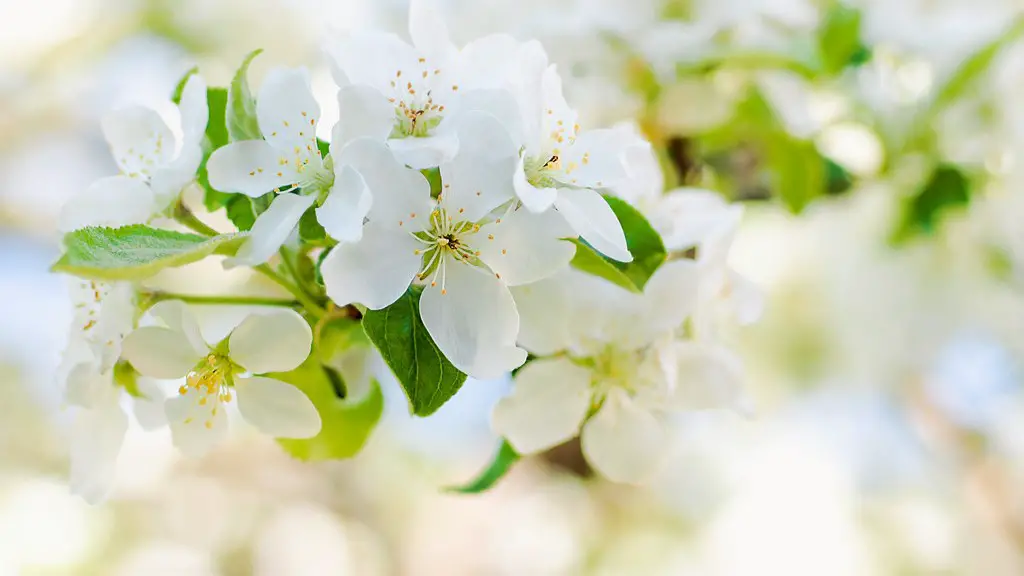How to Make a Palm Tree Prop
A palm tree prop is a great way to add atmosphere to a theater or film project. This versatile prop can take many forms, from a large-scale stage tree to a tabletop prop. Making a palm tree prop requires a good plan and some basic materials. The following steps will help you create a realistic and eye-catching palm tree that looks natural and professional.
First, you will need to determine the size and shape of your prop. If you are making a small, tabletop tree, consider using foam shapes and Modge Podge to give it a 3D effect. If you are making a larger tree for a stage, you will likely want to make a more structured tree with upright branches. You can use things like sturdy dowels or PVC pipes for this type of tree.
Next, decide the type of palm you want to build. Realistic palm trees need big, broad leaves that gently curve downwards, so you will need some lightweight materials to make these shapes. Paper is a good option if you want to paint it and make it look life-like. If you are looking to save time, brightly colored fabric is a great way to create beautiful and durable leaves.
Once your leaves are created, you can begin to assemble your prop. Try to start in the center and work your way outward. Secure your leaves to the frame using a strong adhesive, using a piece of dowel or PVC pipe in the center to give your tree shape. Then, gently loop the remaining branches outward and down to the bottom of your prop. Make sure to stagger the leaves so they look random and natural.
Finally, you can add some finishing touches. Depending on the size of your palm tree, you can add some realistic detail by spray-painting the leaves with a green or brown paint. If you want, you can also use a darker color to make the leaves look more realistic, and then spray a lighter color to make it look dappled. You can even use a gold or silver paint to make the tree look more decorative.
Using the Tree at Performance Time
Once your prop is complete, you can use it for your theatrical performance. If your tree prop is a large one, you may need to use a platform or a trolley to move it around easily. You can also secure it to the wall with heavy duty mounting tape. Make sure to also use safety measures like thick foam padding, both to protect your actors and to help secure the tree in place.
The next step is to use lighting and sound effects to create an immersive performance. You can use moving lights to create a realistic effect of movement and sway in your tree. Additionally, you can use instruments like a sound board to create a palm frond rustling sound or music to enhance your audience’s experience.
Props are essential for creating an immersive theatrical performance. However, it is important not to forget about the actors. Preparing a palm tree prop takes some work, but it can add a truly unique touch to your performance. Be sure to practice and get the necessary support from your crew to ensure a flawless performance.
Lighting Solutions
One major challenge when working with palm tree props is creating lighting that looks realistic. You need to be able to provide enough visibility for scenes without making it too bright, blinding your audience and actors. For this reason, LED lighting is a great choice, as it can be adjusted to different levels of brightness to suit your needs. Additionally, LED lights come in a variety of colors, so you can also achieve more creative effects.
Another popular option is theatrical lighting, which has a much brighter light output. Using this type of light requires a skilled technician, as it needs to be focused on the appropriate area of the stage. If your performance requires a brighter light, it is worth investing in theatrical lighting to make the most of your set.
Finally, you can use Gobo lighting to create a dynamic light show. This type of light comes in different shapes and sizes, so you can personalize it to match your set. You can also change the color of your light for different scenes, to create dynamic changes in atmosphere.
Conclusion
Palm tree props can be used to create an immersive and realistic theatrical environment. When making this prop, be sure to choose your materials carefully and thoroughly consider the size of your tree. Lighting is also essential to creating the perfect atmosphere. And finally, always make sure to practice ahead of time and be sure to have the proper professional support.
Maintenance and Care
After a performance is over, it is important to properly care for your palm tree prop. If you have made your prop out of paper or fabric, it is best to spot-clean or gently vacuum it. Do not use water to clean your materials, as this can cause them to lose their shape. For safety, make sure that all of your fabric and paper materials are fireproof. This way, you can feel confident that your prop is safe when using theatrical lighting.
Another important aspect of caring for a palm tree prop is storage. Make sure that the prop is fully disassembled and that all materials are properly contained. This will help protect them from humidity and wear and tear. This is especially important when it comes to foam pieces, which are prone to damage if left in a damp environment. Additionally, make sure to label different pieces of the prop to make reassembly easier.
Your prop should also be polished between performances, if necessary. This will give your prop a professional look and help it shine on stage. Polish can also help protect the materials in your tree from wear and tear. If you do use polish, make sure to apply it from a distance so as not to discolor or damage your prop.
Finding the Right Materials
One of the most important aspects of making a palm tree prop is finding the right materials. It is important to consider the type of materials you will be using and if they will be able to withstand the wear and tear of theatrical performances. Cardboard is a versatile material that can easily be painted and cut into various shapes. Other materials like foam are great for small trees and have the added benefit of being lightweight.
For larger trees, you should look for more durable materials like PVC pipe or metal. Pipes can be bent and twisted to achieve the desired shape of your tree. Additionally, metal has a natural, realistic look to it, great if you are making a lifelike stage prop. Make sure to consider all of these options when planning your palm tree prop.
Fabric and paper are also great material choices. These materials allow you to easily tint your prop with paint and to create durable leaves. You can also make use of unexpected materials like stick-on jewels or glitter for added texture and sparkle. However, make sure these items are affixed firmly so they do not come off during rehearsals or performances.
Getting the Perfect Finish
It is important to make sure your palm tree prop looks incredible when it is finished. To accent your project, you can add other elements to your set, such as natural decors like pebbles, driftwood, or sand. You can also decorate your tree using paint or upholstery trim. Be sure to add these details carefully, as you want to keep the focus on your palm tree prop.
Finally, be sure to finish off your prop with a professional touch. Adding things like paint or upholstery trim can help create skillfully crafted details. If you are painting your prop, make sure to use two thin coats for a more even finish. Additionally, you may want to use a sealant or lacquer to protect surfaces from wear and tear from regular use.
Creating a realistic palm tree prop takes patience and skill. By taking the steps outlined here, you can craft a beautiful and eye-catching tree prop that will look great on the stage. Whether you are making a small tabletop tree or a larger stage prop, keep this guide in mind and you will be ready to perform in no time.




